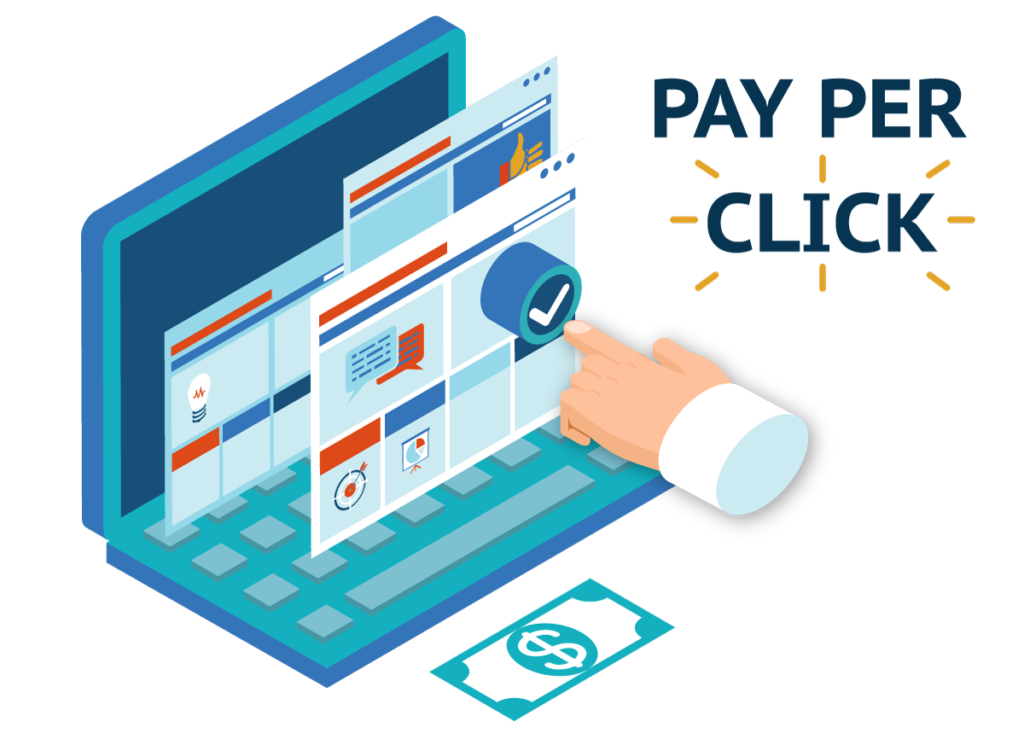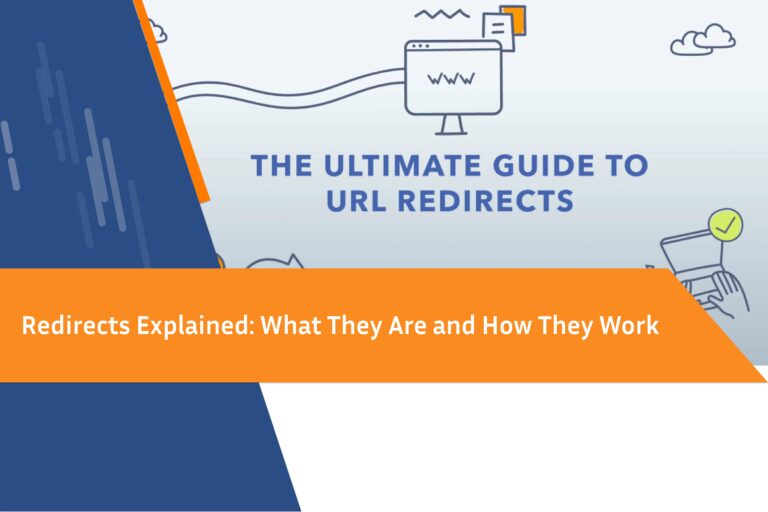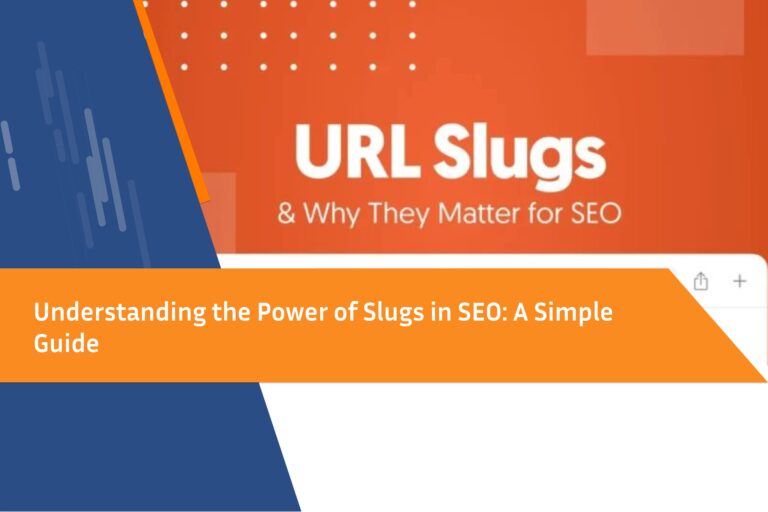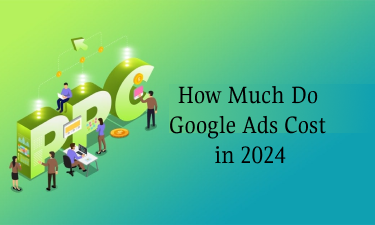How Does Pay Per Click Advertising Works?
PPC
Pay-per-click is an online advertising function where, as it sounds, you pay every time someone clicks on one of your ads. PPC is a paid alternative you can use to drive more traffic to your site, versus relying only on organic traffic.
Many different sites use PPC advertising including Facebook, Twitter, LinkedIn, Bing, Yelp, Amazon, and more. But when most people think of PPC, they think of Google Ad words, which is the most common platform.
PPC on Google Ad words
Google did not become the largest PPC advertising model in the world by accident. Adwords gives you an incredible amount of control over where, when, how, and to who your ads are presented. Not only that, but they have two powerful networks you can use:
The Search Network
Search ads display on Google’s search engine results page when a user searches for a related topic. Top-paid results appear above the normal organic links. (Of the two networks, the search network is normally what people think of first when you say, “Google Ad words.”)
The Display Network
The Display Network, where you can place banner ads on millions of sites, news pages, and blogs across the internet. According to Google, the network includes over 2 million sites, reaching 90% of global internet users.
Both networks fall under the Ad words umbrella, but you shouldn’t assume that the same ad will work equally on both networks. On the Search Network, users have a need and they are actively searching for information, products, or services to meet that need. They’re likely further along in the buying cycle.
Display Network ads are reaching people who are on different sites and may not be looking for your product or service at all. Banner ads are by nature interrupters. They succeed when they are relevant enough and compelling enough to get someone to stop doing what they’re doing to click the ad.
How to Create a PPC Advertising Campaign?
- When you create a PPC Advertising Campaign, you need to calculate the cost per lead for your business. You can do this by calculating the total cost incurred in generating online sales for your business and the number of leads your business has acquired. this help finds out the cost per lead for your business.
- Since you need to bid for each keyword, you need to figure out how much you’ll spend on each keyword. You can use the cost-per-lead information for this. If you generate 1 sale per 100 leads, your conversion rate is 1%. So figure out how much it will cost to get 100 visitors. Know how to monitor Ad Campaign Conversion rates using Google Ad words Conversion Tracking Tool.
- Next, create a list of keywords you’ll target in your PPC Ad Campaign. Use Google Keyword Planner Tool to find out which keywords have the highest search volume and how much competition they are. The more popular a keyword, the more expensive it is. So try to find keywords with low-medium search volumes and low-medium competition. Even low-volume keywords can be really useful as they bring more targeted users looking for specific things.
- When you sign up for a PPC account or create Google Ad words Campaign, you’ll need to set a maximum daily budget. If you set your daily budget at $50, your ads will be displayed every day until your budget is exhausted. Your credit card will be billed monthly, based on your campaign performance.
- Your ad will be ranked based on your bid amount and relevance to the searched keyword. Google also provides an Ad Words Quality Score that depends on how relevant your ads are to the keywords and how good is the user experience when they visit your landing pages. Higher the Ad Words Quality Score, the lower the cost-per-click and the better the ranking. Here’s how you can improve your Google Ad Words Quality Score.







